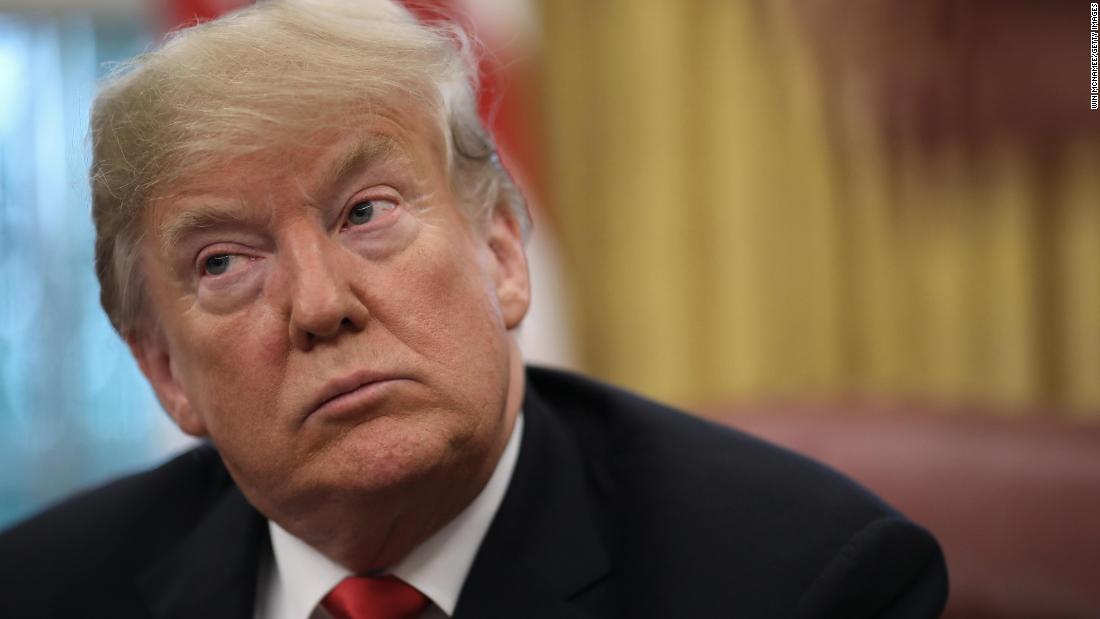Trump’s Financial Disclosure Shows Significant Crypto and NFT Holdings
17.08.2024 8:30 1 min. read Alexander Stefanov
Donald Trump's latest financial report reveals he owns around $5 million in cryptocurrencies and has earned over $7 million from NFTs through a deal with NFT INT.
This disclosure, which was shared by Citizens for Ethics, highlights Trump’s shift from initial skepticism about crypto to a more supportive stance.
The records show Trump’s cryptocurrency investments are largely in Ethereum, with estimated holdings between $1 million and $5 million.
Arkham Intelligence further details that Trump’s portfolio includes $3.55 million in Ethereum, wrapped Ethereum, and USDC, along with some meme coins like MAGA and FIGHT. His crypto assets peaked at $18 million in June during a surge in the TRUMP meme coin’s value.
Trump has also gained $7.15 million from NFT projects, including trading cards and a limited-edition sneaker. Looking ahead, Trump and his team are working on new crypto and NFT initiatives, with Eric Trump teasing a project that may involve digital real estate.
Trump’s involvement in crypto has led to increased risks for his supporters, exemplified by the recent RTR coin scam, which falsely advertised itself as an official Trump-related token. Despite this, there remains strong interest in authentic Trump-associated crypto projects.
-
1
Trump Imposes 50% Tariff on Brazil: Political Tensions and Censorship at the Center
10.07.2025 7:00 2 min. read -
2
Key Crypto Events to Watch in the Next Months
20.07.2025 22:00 2 min. read -
3
USA Imposes Tariffs on Multiple Countries: How the Crypto Market Could React
08.07.2025 8:30 2 min. read -
4
UAE Regulators Dismiss Toncoin Residency Rumors
07.07.2025 11:12 2 min. read -
5
Majority of U.S. Crypto Investors Back Trump’s Crypto Policy, Survey Finds
05.07.2025 18:09 2 min. read
Two Upcoming Decisions Could Shake Crypto Markets This Week
The final days of July could bring critical developments that reshape investor sentiment and influence the next leg of the crypto market’s trend.
Winklevoss Slams JPMorgan for Blocking Gemini’s Banking Access
Tyler Winklevoss, co-founder of crypto exchange Gemini, has accused JPMorgan of retaliating against the platform by freezing its effort to restore banking services.
Robert Kiyosaki Warns: ETFs Aren’t The Real Thing
Renowned author and financial educator Robert Kiyosaki has issued a word of caution to everyday investors relying too heavily on exchange-traded funds (ETFs).
Bitwise CIO: The Four-Year Crypto Cycle is Breaking Down
The classic four-year crypto market cycle—long driven by Bitcoin halvings and boom-bust investor behavior—is losing relevance, according to Bitwise CIO Matt Hougan.
-
1
Trump Imposes 50% Tariff on Brazil: Political Tensions and Censorship at the Center
10.07.2025 7:00 2 min. read -
2
Key Crypto Events to Watch in the Next Months
20.07.2025 22:00 2 min. read -
3
USA Imposes Tariffs on Multiple Countries: How the Crypto Market Could React
08.07.2025 8:30 2 min. read -
4
UAE Regulators Dismiss Toncoin Residency Rumors
07.07.2025 11:12 2 min. read -
5
Majority of U.S. Crypto Investors Back Trump’s Crypto Policy, Survey Finds
05.07.2025 18:09 2 min. read


